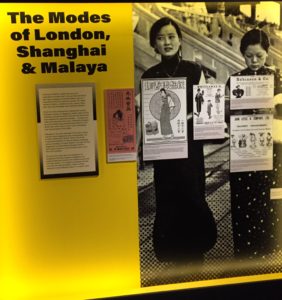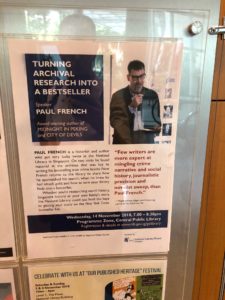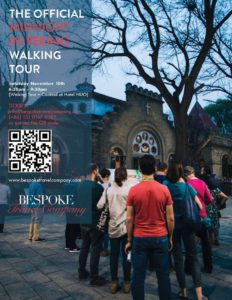Beijing from below: new light on the recent history of China’s capital – Harriet Evans on Dashalr at SOAS, LOndon 19/11/18
Posted: November 19th, 2018 | No Comments »Beijing from below: new light on the recent history of China’s capital

Harriet Evans (University of Westminster)
Date: 19 November 2018Time: 5:00 PM
Finishes: 19 November 2018Time: 6:30 PM
Venue: Russell Square: College Buildings Room: G3
Registration
This event is open to the public and free to attend, however registration is required. Online Registration
Abstract
This talk moves away from the mainstream history of Beijing’s transformation to focus on the disadvantaged and the poor of a small neighbourhood in the centre of the capital: the subalterns at the bottom of the social hierarchy—street vendors and pedicab cyclists, the semi-employed and the down-and-outs outside the formal organizational structures of the work unit system, sometimes living hand to mouth on the fringes of the law. Based on long term ethnographic research in Dashalar and on research in the local district archives, this paper shows how, seen from the perspective of long-term local residents of Dashalar, the history of Beijing’s transformation through the Mao era and beyond tells a story of revolution and reform that challenges many of the familiar themes of dominant chronology of the PRC.
Biography
Harriet Evans is Professor Emerita of Chinese Cultural Studies (University of Westminster) and Visiting Professor of Anthropology (LSE). She has written extensively on the politics of gender and sexuality in China, and on political posters and visual culture of the Mao era. Her Beijing from Below, an oral history of everyday life in a poor neighbourhood of central Beijing, will be published by Duke University Press. She is Chair of Trustees of the London-based The Rights Practice and is a keen advocate of initiatives to bring academics and activists together to use their collective influence to promote gender and sexual rights in China and elsewhere.
Organiser: SOAS China Institute
Contact email: sci@soas.ac.uk
Contact Tel: +44 (0)20 7898 4823





